Essential equipment for a trainee ski instructor
So you’re about to spend a winter in the mountains as a ski instructor; what equipment will you need for the mountain? Peak Leaders has put as lit together of essential items:
1) A pair of all-mountain piste-focused skis with bindings.
There are so many different types of skis on the market these days; which makes finding the right pair of skis that little bit harder. Today skis come in all shapes and sizes and are designed to maximise your skiing in different snow conditions and environments.
As a newly qualified ski instructor or instructor trainee you will be spending the majority of your time teaching and training on pisted runs, although there will be some moments when you’ll have to ski off-piste or in variable conditions. It is therefore important that you choose a ski which has been designed to give you a certain amount of all-mountain flexibility but focuses mainly on maximising your performance on the piste.
For the most part is important that you choose a ski that has a relatively deep sidecut, narrow waist under the binding and is cambered. The aforementioned design features will allow you to carve the ski more easily, turn with a shorter radius and give you added power and edge-hold through turns. Nevertheless, skiing with a cambered profile underfoot (a profile that bows upwards towards the center of the ski) isn’t necessarily a big compromise as you can still have a slightly rockered nose and tail to allow added float in deep snow.
One ski which is popular with intermediate and advanced skiers is the Rossignol Alias 76 Carbon Xelium, which is a great ski for any aspiring instructor. It is important that you don’t purchase a race ski or freestyle ski to use on an instructor course; the race ski will be too stiff and the freestyle ski will probably be too soft and wide. You ladies out there do not have to purchase girl-specific skis as they may be too soft for the level of skiing that you will be doing.
Some other skis worth looking at are the following: Head Titan, Head Magnum, Salomon 24Hrs, Salomon Enduro XT 800, Rossignol Pursuit, Stockli Cross.
2) A pair of park and off-piste skis with bindings.
On that rare occasion when the snow falls and you’re not training or teaching there may be the opportunity to ski knee-deep powder in the off-piste. As great as all-mountain piste-focused skis are they’re definitely no substitute for a pair of fatter twin-tip rockered skis. The added width and rocker profile (reverse camber) allow the skis to float and turn more easily in deep snow.
Although you can now purchase skis that more closely resemble having a snowboard or waterski strapped to each foot there are lots of all-mountain freeride skis that will be equally at home in powder as they are in the park. An example of the kind of ski you should be looking at is manufactured by Faction and is called ‘The Soma’. This ski is lightweight, has a medium width under the binding and is rockered. All Peak Leaders trainees are entitled to a 40% discount on this seasons Faction gear.
3) A pair of decent well-fitting ski boots.
Nothing ruins a ski trip quite like an ill-fitting pair of ski boots and unfortunately it’s one of those things that you’ll never get the sympathy you deserve for. Nevertheless, if your livelihood depends on you being able to ski all day every day with a smile on your face it’s important that you purchase boots that feel more like a pair of velvet slippers. When purchasing ski boots it’s important that you don’t just purchase a pair of nice-looking boots from a retailer on the internet in the hope that they’ll fit, because in all likelihood they won’t!
If like many people you find it impossible to find a pair of boots that are comfortable and provide the level of performance you require it is possible to have your boots custom built and fitted with orthotics. Surefoot, one of the largest suppliers of custom ski boots in the World, will take a highly detailed 3D map of the bottom of your foot, measuring pressure points and other important details, then build an orthotic that guarantees the most comfortable fit possible. All Peak Leaders trainees receive a 20% discount on Surefoot custom ski boots.
When purchasing a ski boot for a ski instructor course it is important that you do not buy boots that have a stiffness of above 110; stiffer boots will restrict vital movement and shift your weight to the back of your skis.
4) Ski poles
Don’t worry too much about choosing the trendiest-looking ultra lightweight carbon poles from a laboratory in Austria. At the end of the day they’re just a couple of poles that you’re either going to snap or loose. The most important thing is that you ensure they’re the correct length.
To find the correct length of pole do the following: Put the handle on the floor, grab the shaft in your hand, the basket should be above your thumb and your elbow at a right angle bend to the upper arm. Any longer and you will be late on your turns, much shorter and you’ll find pushing difficult on the flats.
4) Good quality waterproof outerwear
We can’t overemphasise the importance of having good quality waterproof outerwear. As an instructor you’ll be up on the mountain in all types of conditions and good outerwear can make the difference between remaining warm and dry or being soaking wet and freezing cold. Although the vast majority of ski schools will provide you with outerwear as a uniform it’s important that you have your own outerwear for training and days off work.
When purchasing a ski jacket ensure that the jacket you buy comes with a powder skirt, has a hood, has a good waterproof and breathability rating and has suitable ventilation. It is also advisable that you purchase a jacket that isn’t too thick and heavily insulated; you can always add additional layers underneath if it’s really cold. Down jackets are considered a bad idea as they restrict movement and will get you hot and flustered on a warm and sunny afternoon.
5) A pair of UV protective Goggles
There are numerous goggle manufacturers out there and although it’s tempting to buy a pair of goggles based purely on the way they look there are a few things that might make your life a little easier and guarantee you have the best visibility possible.
– Lens shape. There are two ways in which a lens can be made; cut from a flat sheet and bent to shape or cut from a spherically shaped mold. Spherically shaped lenses are considerably more expensive but will give you more visibility and less distortion.
– Lens type. Different lenses are manufactured for different light conditions. Some mirrored lenses will only perform well in really bright light and will leave you with very poor visibility in low light conditions, for instance at the end of the day or in a whiteout. Polarised lenses will add definition and shadow to snow cover and some more expensive goggles may have lenses that change with changing light conditions. Always ensure that your goggles have a double lens system.
– Shape. Although big goggles are very popular at the minute it is important to buy a pair of goggles that fit your face. There are all different shapes and sizes available so make a sensible choice. If you wear a helmet it is worth checking whether the goggles you buy are helmet compatible.
– Anti-fog. There’s nothing more annoying than falling over in powder and filling the inside of your goggles with snow. If your goggles don’t have a decent anti-fog system then you’ll probably be wearing those goggles on the top of your head for the rest of the day!
– UV Safety. Only buy goggles that are UV protective.
6) A helmet
Head injuries although not as common as some other injuries are still too prevalent in ski resorts and can be prevented by the use of a helmet. All the cool kids and pro riders now wear helmets so wearing one is no longer a crime against fashion. When purchasing a helmet ensure that it; complies with manufacturing standards, fits snug and has sufficient ventilation for those warm days on the mountain.
7) A pair of good quality leather and Gore-Tex gloves
Keeping warm on the mountain is key to being an instructor. It is normally either your feet or hands that will begin to get cold first so it is important that you wear a well insulated pair of gloves that stay dry. We would advise spending a bit of extra money and getting a pair of gloves that use either leather or Gore-Tex , or a combination of both. Gloves made from the aforementioned materials will stay dry and warm for longer and will last longer than a pair of cheap gloves. With leather gloves it is important to treat the leather with a waterproofing wax like Nikwax.
A lot of instructors prefer to ski with gloves rather than mitts as they are more dexterous which is helpful when you have to make adjustments to a clients equipment or point in a direction.
8) A neck warmer
This may not sound particularly important but having a good neck warmer can be a godsend when the wind is howling. They’re only cheap and they’re one item that the experienced instructors won’t leave home without.
9) Thermals and decent socks
Again this is fairly self-explanatory. Good ski-specific socks will keep your feet warmer and are less likely to cause discomfort or blistering because they have been designed with forward-lean.
Thermals are also a great idea because they are normally very thin but hold heat better than normal clothing and are breathable so you won’t sweat as much. Having more than one set of thermals is essential because they can really start to smell if you don’t wash them!
10) A small ski-specific backpack
Although most instructors won’t teach a lesson wearing a backpack they’re very useful for carrying your lunch up the hill and for holding a spare pair of goggle lenses and a camera in.
Backpacks are also important for those days off work when there’s powder and you’re skiing the off-piste. A ski/snowboard specific backpack like the Ortovox Free Rider will not only keep your day-to-day things dry but has specially designed pockets and straps for carrying skis, and a shovel. All Peak Leaders trainees receive a considerable discount on Ortovox backpacks and Avalanche safety equipment.



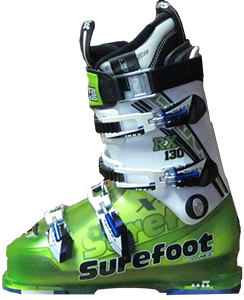
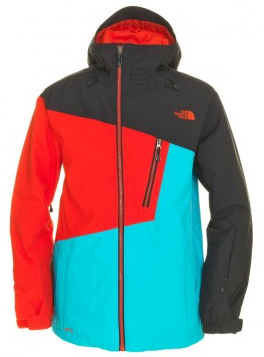
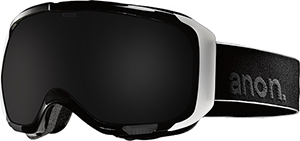
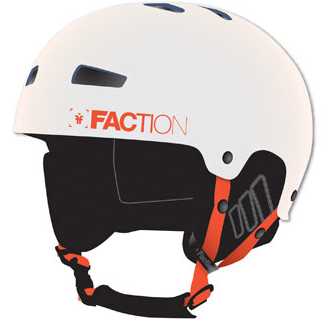
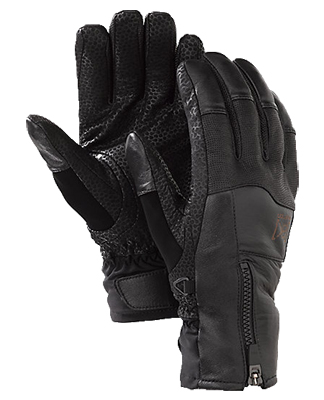
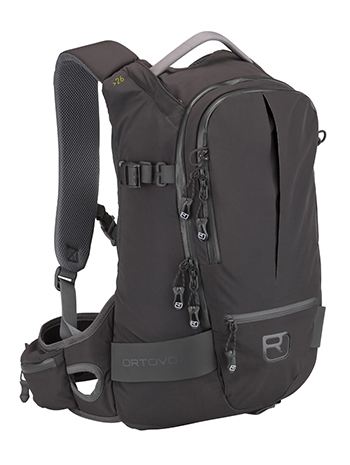
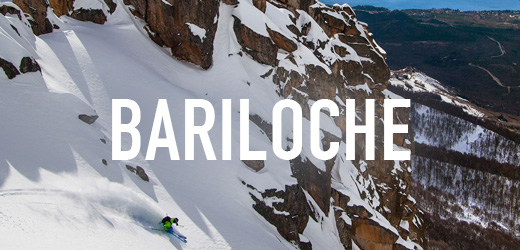
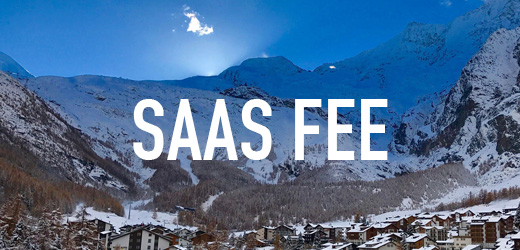
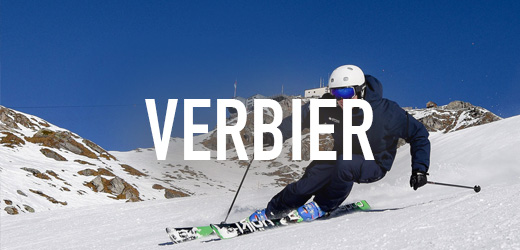
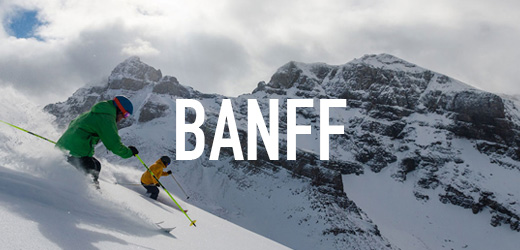
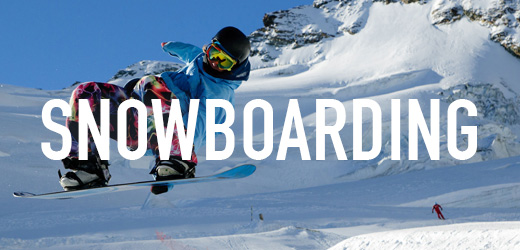
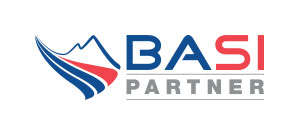




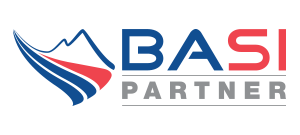
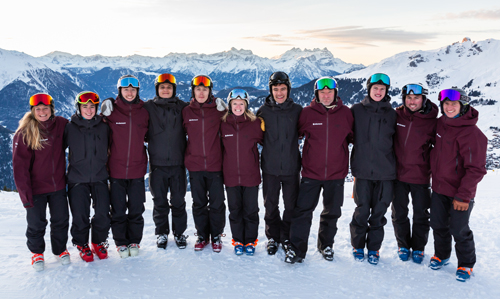

You must be logged in to post a comment.